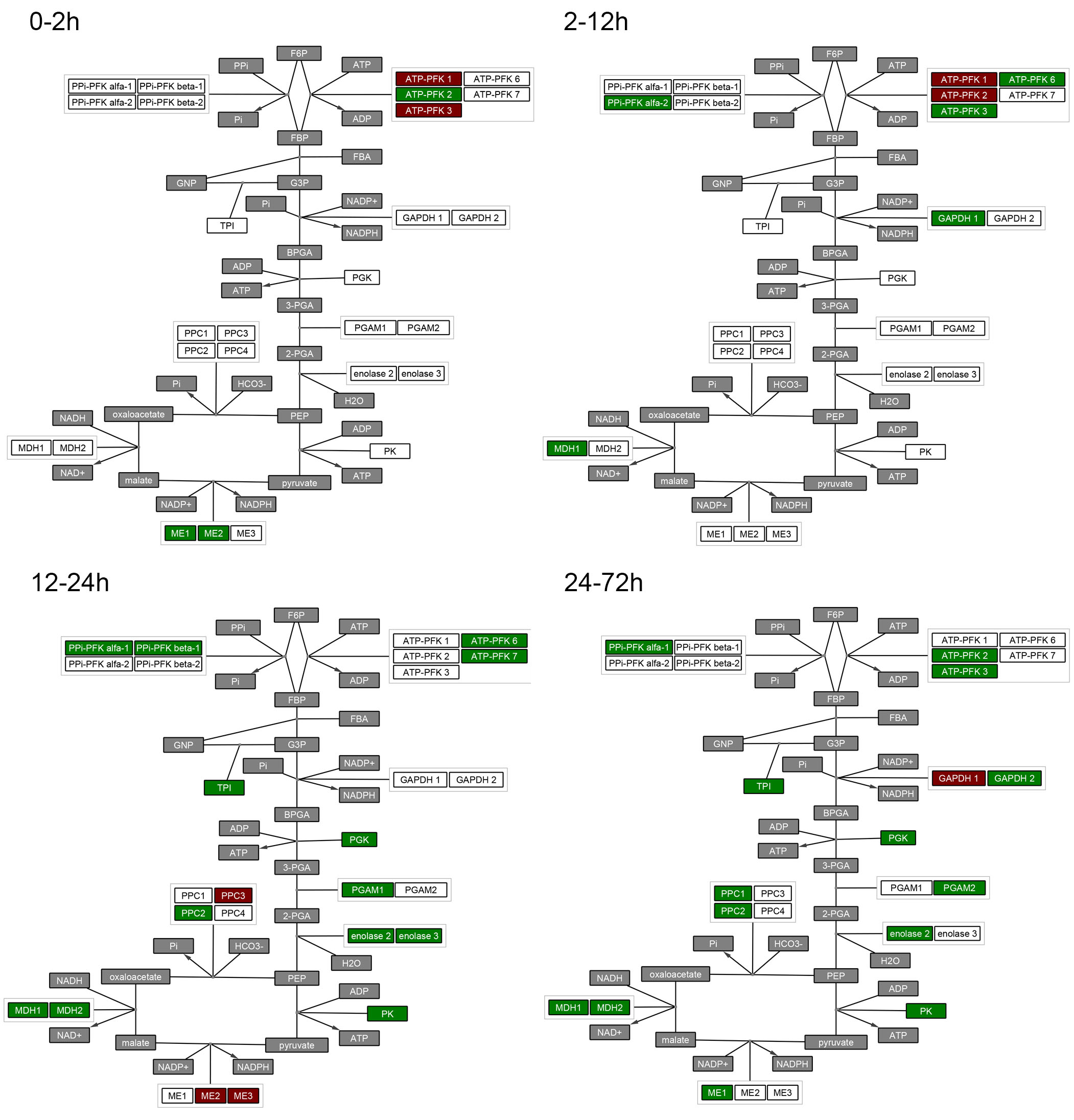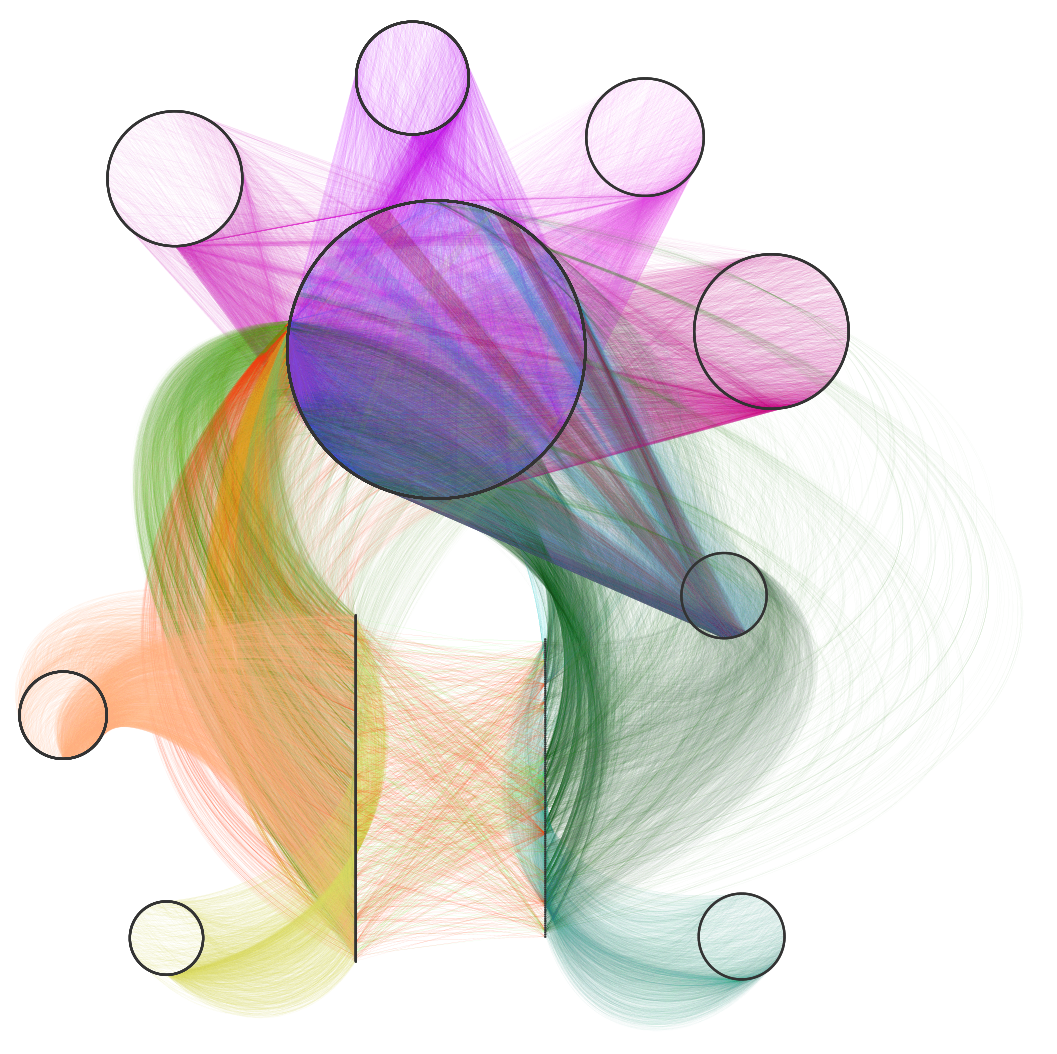
Similarly default node and edge options can be Options for the tikzpicture environment (e.g. Similarly a label can be shown for each node/edgeīy specifying the labels as graph node/edge attributes or by providingĪ dict keyed by node/edge to the text to be written for that node/edge.
#Convert cytoscape network to graphic object code#
Give us some code to do it, or even better make a github pull requestĭrawing options can be stored on the graph as node/edge attributes, orĬan be provided as dicts keyed by node/edge to a string of the optionsįor that node/edge. Let us know via github what you’d like to see available, or better yet We intend to eventually provide an interface to the TikZ Graphįeatures which include e.g. The keyword latex_label is available for figures and sub_labels forĪ list of labels, one for each subfigure. To be able to refer to the figures or subfigures in latex using \\ref, To_latex or write_latex a list of graphs, a list of subcaptions,Īnd a number of rows of subfigures inside the figure. To construct a figure with subfigures for each graph to be shown, provide If you want the rawĭrawing commands without a figure environment use to_latex_raw().Īnd if you want to write to a file instead of just returning the latexĬode as a string, use write_latex(G, "filename.tex", caption="A caption"). You use to_latex(G, caption="A caption"). Usually, you will want the drawing to appear in a figure environment so Position nodes in layers of straight lines.Įxport NetworkX graphs in LaTeX format using the TikZ library within TeX/LaTeX.

Position nodes using the eigenvectors of the graph Laplacian. Position nodes using Fruchterman-Reingold force-directed algorithm. Return a dictionary of scaled positions keyed by node Returns scaled position array to (-scale, scale) in all axes. Position nodes uniformly at random in the unit square. Position nodes without edge intersections. Position nodes using Kamada-Kawai path-length cost-function. Warning: Most layout routines have only been tested in 2-dimensions.īipartite_layout(G, nodes) Is a square of side (default: )Ĭhanging center shifts the layout by that amount.įor the other layout routines, the extent is Node positioning algorithms for graph drawing.įor random_layout() the possible resulting shape Returns a NetworkX MultiGraph or MultiDiGraph from the dot file with the passed path.Ĭreate node positions using Pydot and Graphviz.Ĭreate node positions using pydot and Graphviz.

Write NetworkX graph G to Graphviz dot format on path. Returns a pydot graph from a NetworkX graph N.

Returns a NetworkX graph from a Pydot graph. Draw_networkx(G)ĭraw_networkx_nodes(G, pos)ĭraw_networkx_edges(G, pos)ĭraw_networkx_labels(G, pos)ĭraw the graph G with a Kamada-Kawai force-directed layout.ĭraw a planar networkx graph G with planar layout.ĭraw the graph G with a spectral 2D layout.


 0 kommentar(er)
0 kommentar(er)
